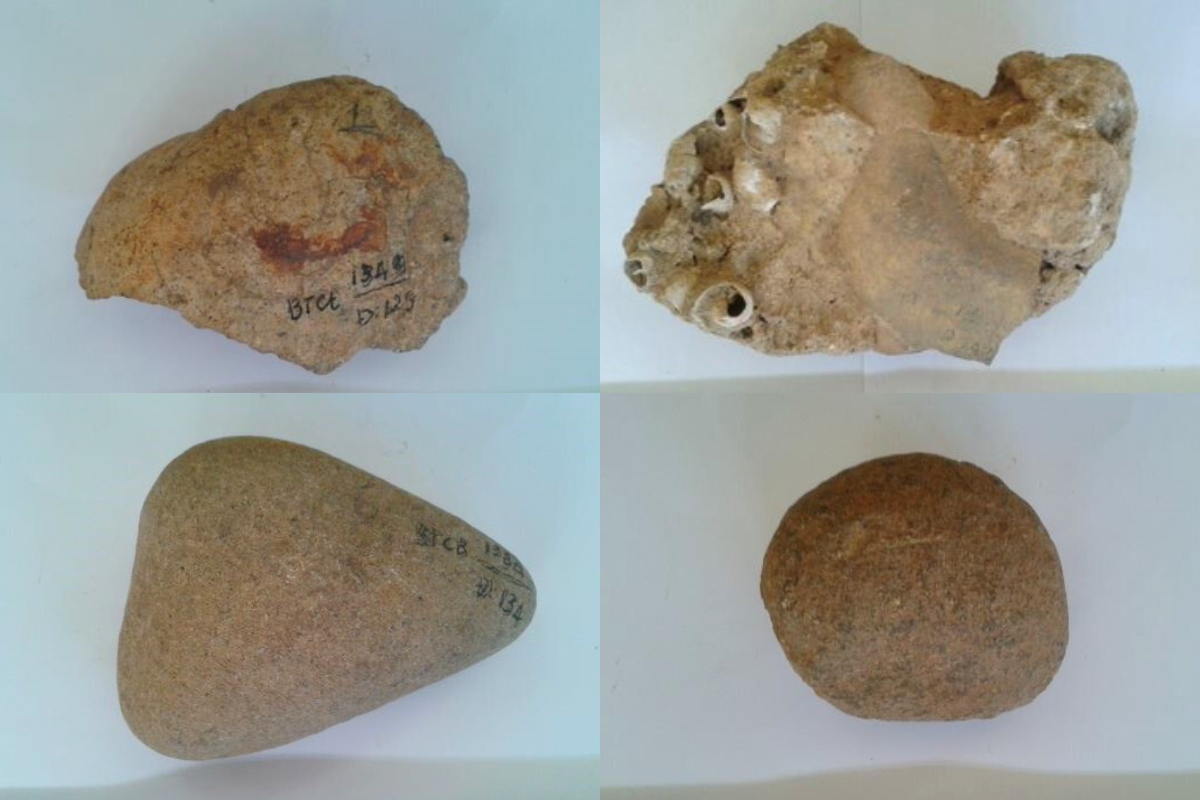Experience History and Freedom through Nguom Boc Cave and traces of prehistoric people

Located on the western slope of the Lam Son mountain range, Nguom Boc Cave is hidden within the pristine beauty of nature. At the foot of the mountain, in front of the cave entrance, lies a clear and cool freshwater spring. Its elevated position and proximity to a water source made it convenient for prehistoric people to fetch water for daily use and fish for food. Additionally, the area’s rich and diverse ecosystem provided favourable conditions for hunting and gathering. This made Nguom Boc Cave an ideal settlement for prehistoric communities, who relied entirely on nature for their survival.
With its spacious area, high vault, and flat ground, Ngườm Bốc Cave offered ideal conditions as a safe and discreet shelter, protecting prehistoric people from predators and harsh weather,summer heat and winter cold. In addition, the stream at the foot of the mountain enabled early humans to collect pebbles to make daily tools.


In 2008, the Provincial Museum, in collaboration with the Institute of Archaeology, conducted an excavation survey and unearthed various artifacts such as rudimentary chopping tools used for cutting wood and butchering animals; scrapers and cutters; grinding pestles; and pebble raw materials. All of these artifacts were crafted from stream pebbles using primitive flaking and chipping techniques. The tools bear the typical characteristics of the Paleolithic period, with no signs of ground stone implements. Based on a comprehensive study of the archaeological relics, the color and composition of the sediment layers, and the degree of fossilization, archaeologists believe that Nguom Boc was a residential site of early humans during the initial phase of the Holocene period, dating back approximately 10,000 years—corresponding to the early Hoa Binh cultural phase.
The journey to explore Nguom Boc Cave is not only a trip back in time to see traces of prehistoric people, but also a story about the adaptation and creativity of ancient residents in the face of nature. The artifacts and relics here contribute to clarifying the life - activities, tool making and food sources - of prehistoric people in the early Neolithic period.

This is a vivid demonstration of the evolution of mankind, in which nature and humans have been closely linked for thousands of years. Exploring Nguom Boc Cave is not only a journey to learn about history associated with the event President Ho Chi Minh attended and directed the reviewing meeting of the Border Campaign 1950, and geological history with traces of ancient terraces and currents 360-270 million years ago, but also an opportunity for us to appreciate the value of ancient cultural heritage, contributing to promoting the sustainable development of tourism and preserving relics in the future.
Source: Hoang Huyen
Reader Comments
Newer articles
Older articles


